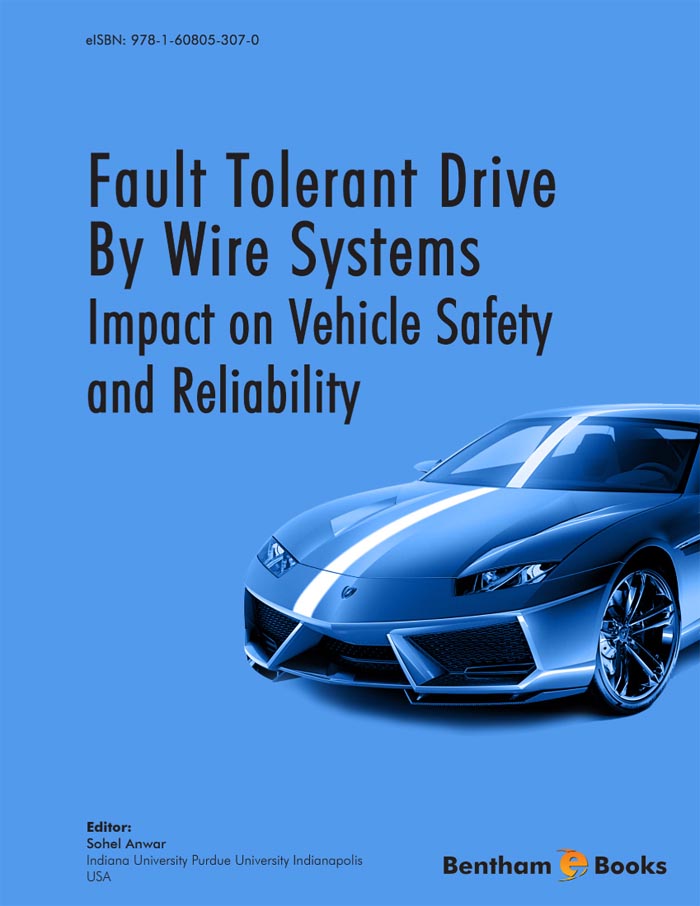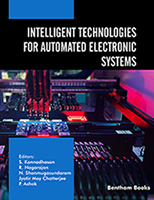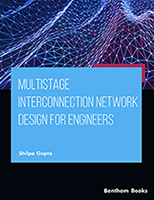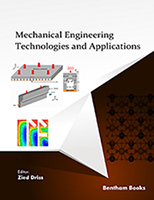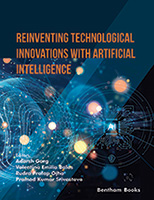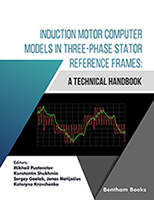Foreword
High-integrity systems require a comprehensive fault tolerance for the components and the corresponding control system. This includes the design of fault-tolerant sensors, actuators, process parts, computers, communication (bus) systems and control-algorithms. The fault tolerance is frequently based on redundancy in hardware and also software, either as static redundancy with several modules or dynamic redundancy with cold or hot standby modules. Examples of such redundant systems are known for train and nuclear power systems, and for space vehicles and aircraft. Especially the fly-by-wire systems for aircraft demonstrate a very high state-of the art of hardware and software redundancy and fault tolerance.
Drive-by-wire systems for automobiles at the actuator level are since more than 15 years in series production for e.g. the electrical throttle, automatic transmissions, electro-hydraulic brakes and parking brakes. For steering the hydraulic power steering has been replaced by the electrical power steering up to middle class cars, but is still based on the mechanical steering column. This means, that for this very safety critical chassis component one relies on a mechanical back-up in case of a failure of the power support.
Compared to fly-by wire systems drive-by-wire systems cannot have the high level of redundancies because of costs, maintenance issues and the large production numbers with are use by non trained drivers, as compared to professional pilots, and any kind of environment and usage. However, in general context of the electrification of automobiles and advanced driver assistance systems the future will show how far drive-by-wire systems will develop. The modern driver assistance and chassis control systems like ABS, ESC, ACC and suspension control are already “by-wire” or “bycontrol software” on higher levels.
Therefore this book is a timely compilation of the present and future development of fault-tolerant drive-by-wire systems by having a focus on the important issues of safety and reliability. I wish Professor Sohel Anwar and the authors of this e-book a very good success.
Rolf Isermann
Darmstadt, January 2011

